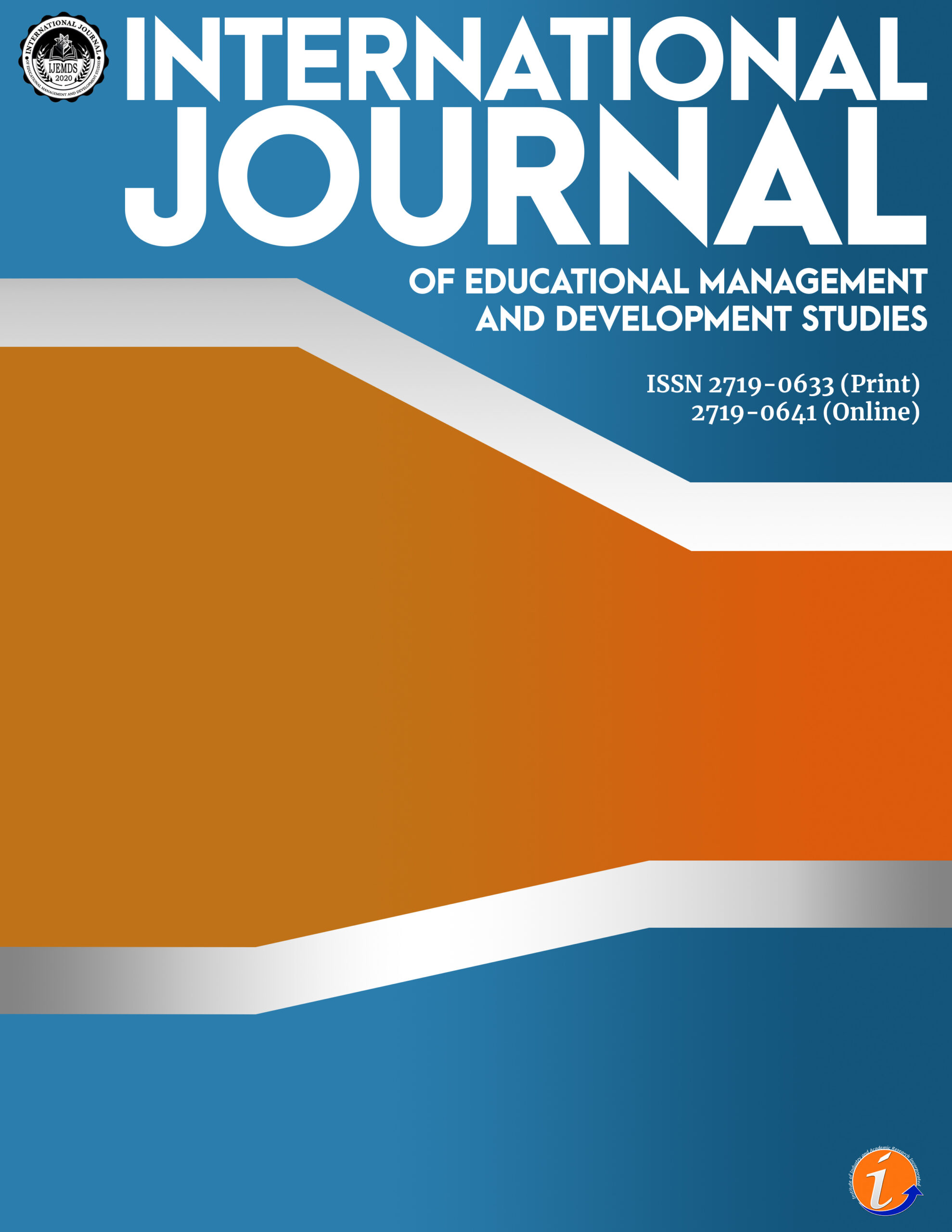This study explores the use of the self-designed comics to enhance the reading comprehension and vocabulary skills of the college students in world literature. Specifically, it identifies the literal, interpretative, creative and evaluative domains of reading comprehension and the context clues, word analysis, word structure and loan words elements of vocabulary skills. It also evaluates the acceptability and effectiveness of the comics through the objective, language used, graphic designs, usability, readability, knowledge ability, values discovery and additional information. The results showed significant differences between the reading comprehension and vocabulary skills pre-test and the posttest indicating improved level of skills with the use of comics as instructional material. However, the improved skills level is not correlated to the acceptability and effectiveness of the material. Furthermore, the use of comics deliver moral lesson to the readers while increasing the reading comprehension and vocabulary skills. The study finds it helpful to use the comics-based work-text in teaching world literature.
literature, comics, worktext, reading comprehension, vocabulary skills
Eugene Mark B. Lopez. Instructor 1, Laguna State Polytechnic University- San Pablo City Campus
This paper is presented in the 2nd International Conference on Multidisciplinary Industry and Academic Research 2021 and published in the Industry and Academic Research Review conference proceedings.
Affeldt, F., Meinhart, D. & Eilks, I. (2018). The use of comics in experimental instructions in a non-formal chemistry learning context. International Journal of Education in Mathematics, Science and Technology (IJEMST), 6(1), 93-104. DOI:10.18404/ijemst.380620
Ahmed Hamed Al-Rabaani & Intisar Hamed Al-AAmri (2017). The Effect of Using Cartoons on Developing Omani Grade 4 Students’ Awareness of Water Issues and their Attitudes towards Using them in Teaching Social Studies. Journal of Social Studies Education Research. 2017: 8(1), 35-46
Ates, E. (2019). An example of action the concept teaching to education of scinece with cartoon films. Unpublished Master Thesis, Erzincan Binali Yildirim University, Erzincan, Turkey.
Bundsgaard, J. (2011). Evaluation Of Learning Materials: A Holistic Framework. Journal of Learning Design, Vol. 4 No. 4.
Cary, S. (2003). Going Graphic: Comics at Work in the Multilingual Classroom 1st Edition. Heinemann
Casumpang, F.H. & Enteria, O.C. (2019). Effectiveness of Developed Comic Strips as Instructional Material in Teaching Specific Science Concepts. International Journal for Innovation Education and Research. Vol: 7 No-10.
Cho, H. (2019). The use cartoons as teaching a tool in middle school mathematics. (Doctoral Dissertation). Columbia University Academic Common. Retrieved January 2016 from https://academiccommons.columbia.edu/catalog/ac:149393
Clarke, L. (2018, April 27). Why comics can make great history books. Retrieved May 21, 2021, from theweek.com website: https://theweek.com/articles/834371/why-comicsmake-great historybooks#:~:text=Comics%20can%20make%20great%20history %20books
Comer, K. (2015). Illustrating Praxis: Comic Composition, Narrative Rhetoric, and Critical Multiliteracies. Composition Studies, 43(1), 75–104. http://www.jstor.org/stable/43501879
Dimitrov, D.M. & Phillip D. Rumrill, P.D. (2020). Pretest-posttest designs and measurement of change. College of Education, Kent State University.
Dogan, E., & Koc, H. (2017). The Impact of Instruction Through Digital Games on Students Academic Achievement in Teaching Earthquakes in a Social Science Class. İnternational Journal of Turkısh Education Science. 5 (8), 90-100.
Elder, J. (2014). Reading with Pictures: Comics That Make Kids Smarter. Kansas City: Andrews McMeel Publishing.
Gafoor, K.A, & Shilna, V. (2017). Role of concept cartoons in chemistry learning. Learning Science by Doing-Sciencing, Kannur, Kerala, India. 5 & 6 December 2013.
Gafoor, K.A. & Vevaremmal, S. (2013). Role of concept cartoons in chemistry learning. National Seminar On Learning Science by Doing. PKM College of Education, Madampam, Kannur. Kerala, India
Hennilawati, H. (2018). The Children’s Perception toward Comic in Developing Indonesia Children’s Mentality. Journal Polingua: Scientific Journal of Linguistics, Literature and Education. 7. 20-23. 10.30630/polingua.v7i1.109.
Ilhan, G. O., Kaba, G., & Sin, M. (2021). Usage of digital comics in distance learning during COVID-19. International Journal on Social and Education Sciences (IJonSES), 3(1), 161- 179. https://doi.org/10.46328/ijonses.106
King, D., (2018) “The Rise of the Comics Künstlerroman, or, the Limits of Comics Acceptance: The Depiction of Comics Creators in the Work of Michael Chabon and Emily St. John Mandel”, Open Library of Humanities 4(2), 43. doi: https://doi.org/10.16995/olh.246
Mallia, G. (2017). Learning from the sequence: The use of comics in instruction. ImageTexT Interdisciplinary Comics Studies. 3(3).
Mercado, D.S. & Ching, M. (2016). Teachers as Producers and Consumers of Educational Materials: An Analysis. Presented at the DLSU Research Congress 2016 De La Salle University, Manila, Philippines March 7-9, 2016
Muzumdar, J. (2016). An overview of comic books as an educational tool and implications for pharmacy. Innovations in pharmacy, 7(4), 1-10. https://doi.org/10.24926/iip.v7i4.463
Reumont, F. & Budke, A. (2021). Spatial Thinking with Comics in Geography Education. Frontiers in Education. 6. 1-16. 10.3389/feduc.2021.702738
Sarlitto, M. (2003). The key benefits for students using Comics.
Şentürk, M. & Şimşek, U. Educational comics and educational cartoons as teaching material in the social studies course. African Educational Research Journal Vol. 9(2), pp. 515-525, DOI: 10.30918/AERJ.92.21.073
Tatalovic, M. (2009). Science comics as tools for science education and communication: A brief, explanatory study. Journal of Science Communication, 8(4), 1-17.
Thacker, C. (2007). How to Use Comic Life in the Classroom. Retrieved form: http://www.macinstruct. com/node/69
Varnum, R. & Gibbons, C.T. (Eds) (2007). The Language of Comics: Word and Image. University Press of Mississippi
Wallner, L. (2017) Framing Education: Doing Comics Literacy in the Classroom. Journal of Graphic Novels and Comics. Taylor & Francis.
Wang, Z., Romat, H., Chevalier, F. Riche, N.H., Murray-Rust, D & Bach, B. (2021). Interactive Data Comics. VIS 2021
Wiegerová, A., & Navrátilová, H. (2017). Let´s Not Be Scared of Comics (Researching Possibilities of Using Conceptual Comics in Teaching Nature Study in Kindergarden). Procedia – Social and Behavioral Sciences, 237, 1576-1581
Z. Wang, H. Romat, F. Chevalier, N. H. Riche, D. Murray-Rust and B. Bach (2022). “Interactive Data Comics,” in IEEE Transactions on Visualization and Computer Graphics, vol. 28, no. 1, pp. 944-954, Jan. 2022, doi: 10.1109/TVCG.2021.3114849.
Cite this article:
Lopez, E.B. (2021). Comics-based worktext for reading comprehension and vocabulary skills in world literature. International Journal of Educational Management and Development Studies, 2(3), 67-82. https://doi.org/10.53378/352896
License:
![]()
This work is licensed under a Creative Commons Attribution (CC BY 4.0) International License.










